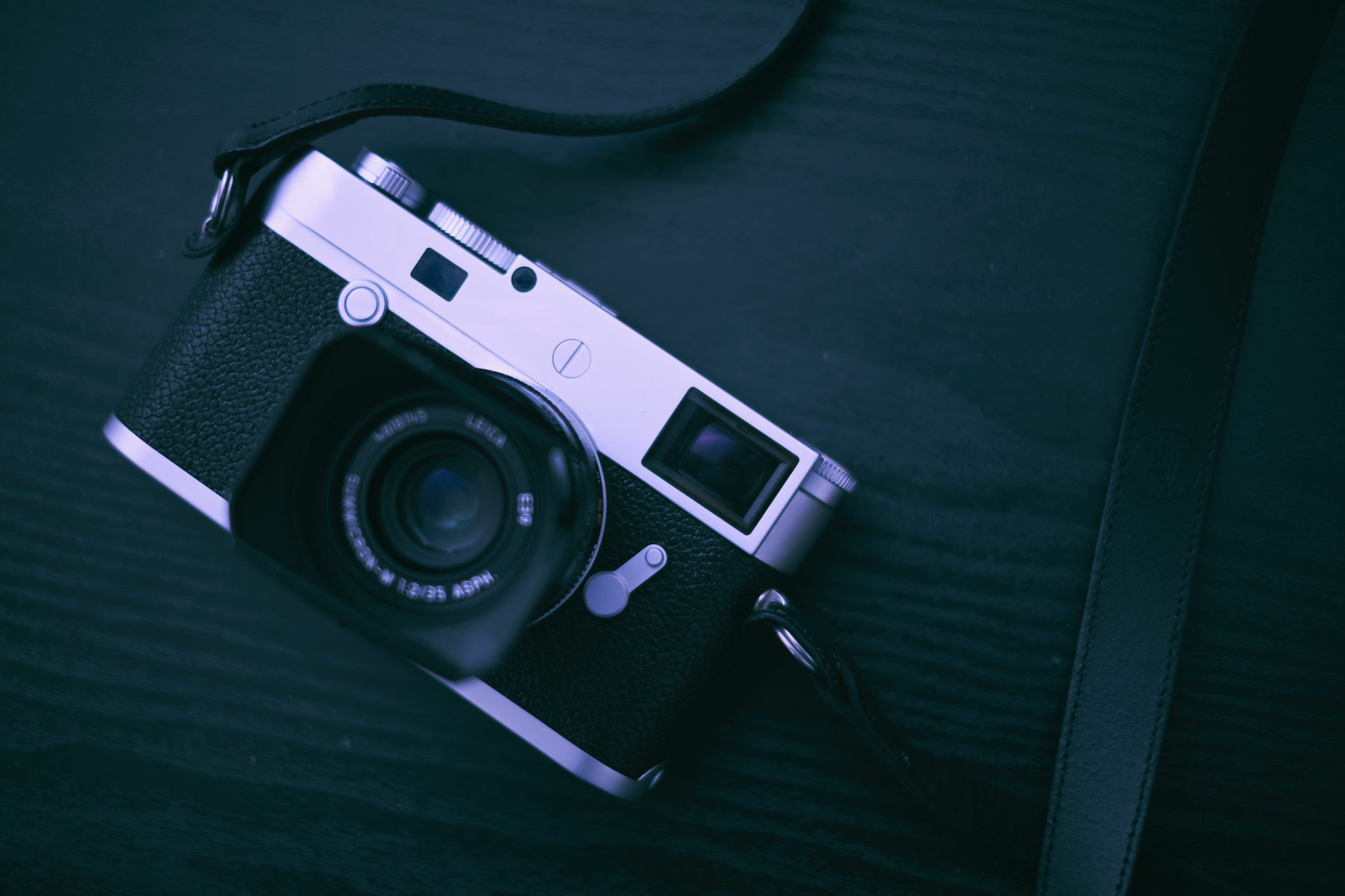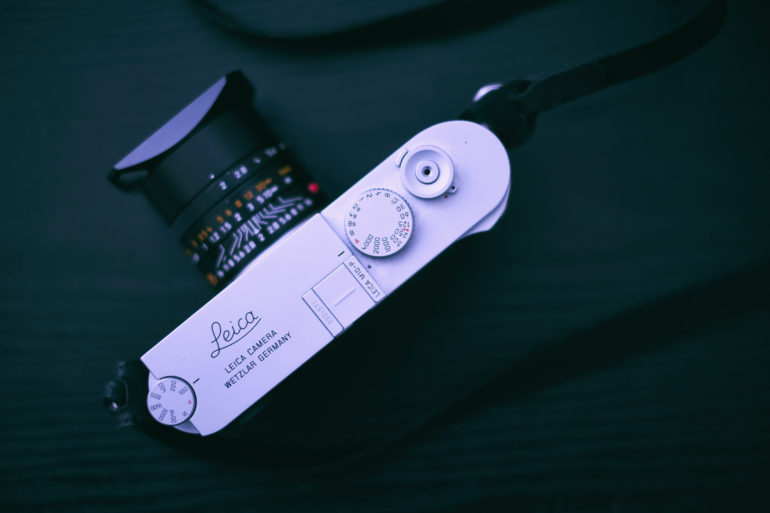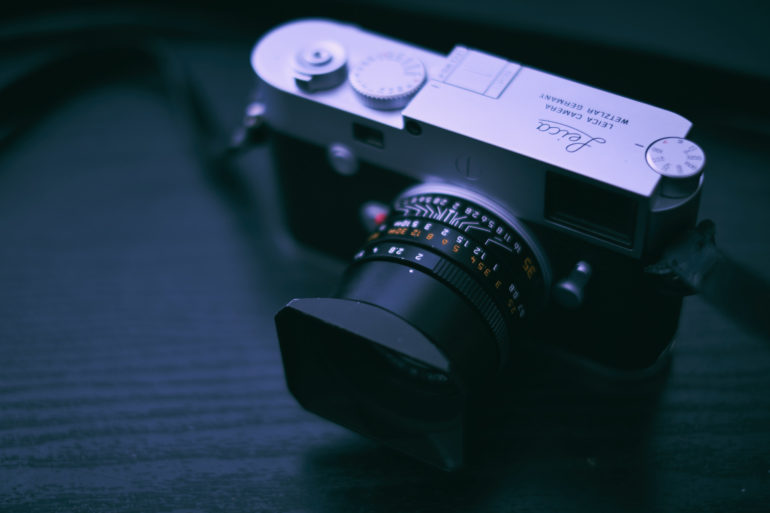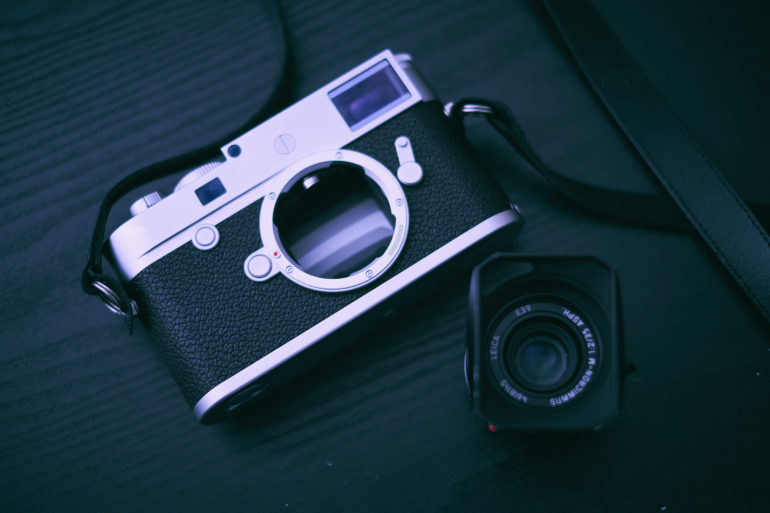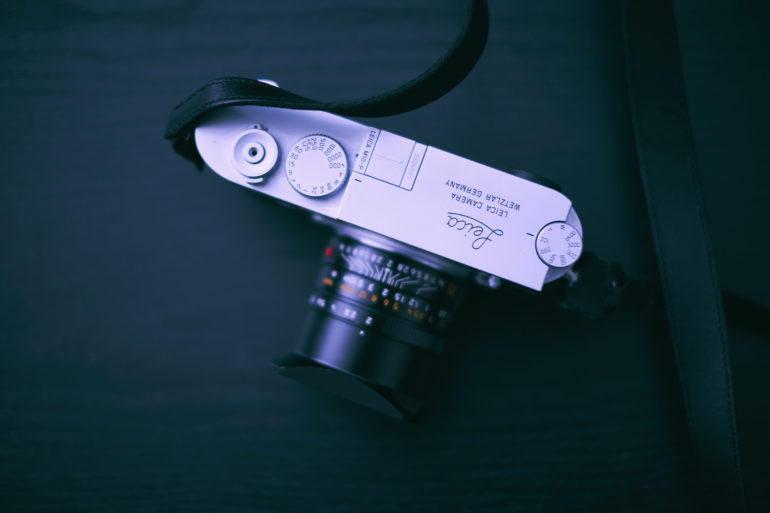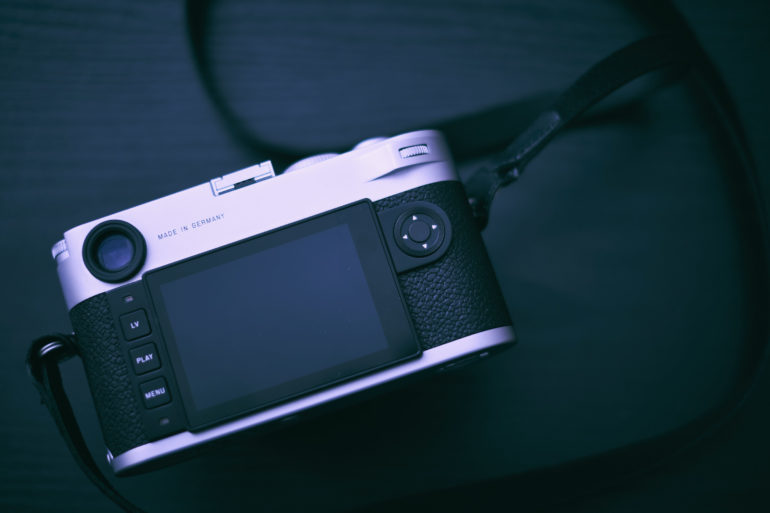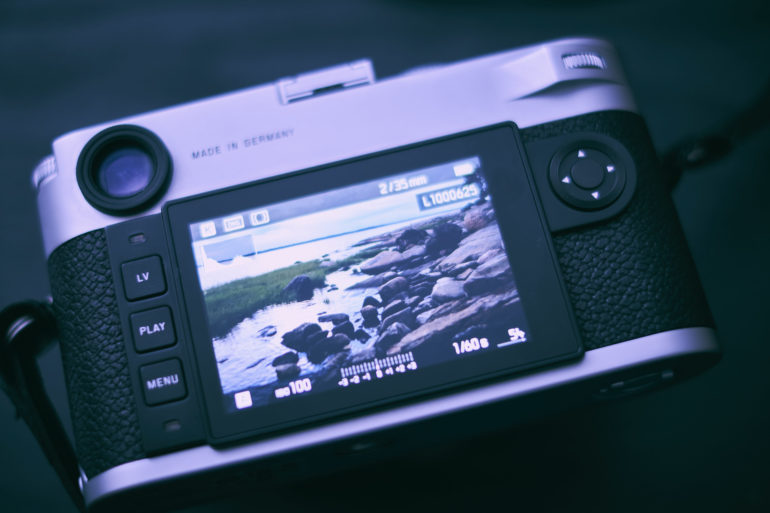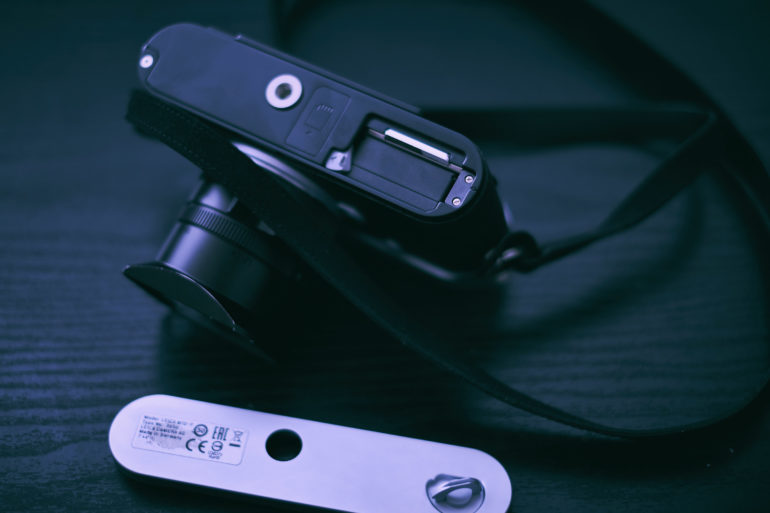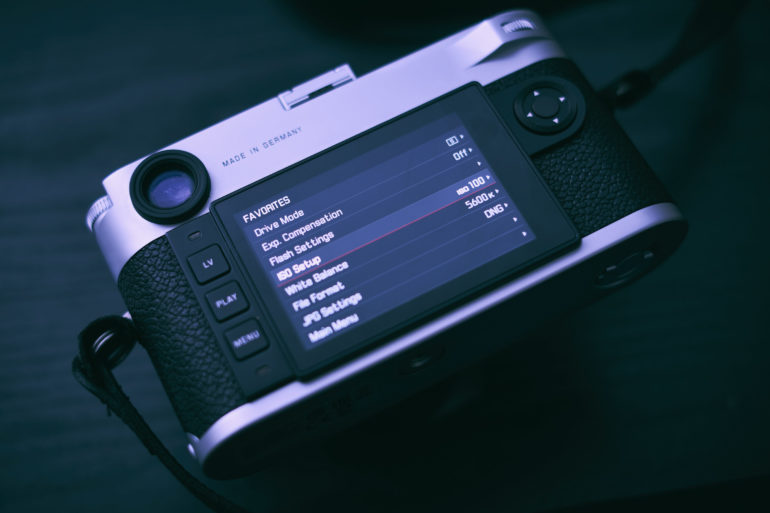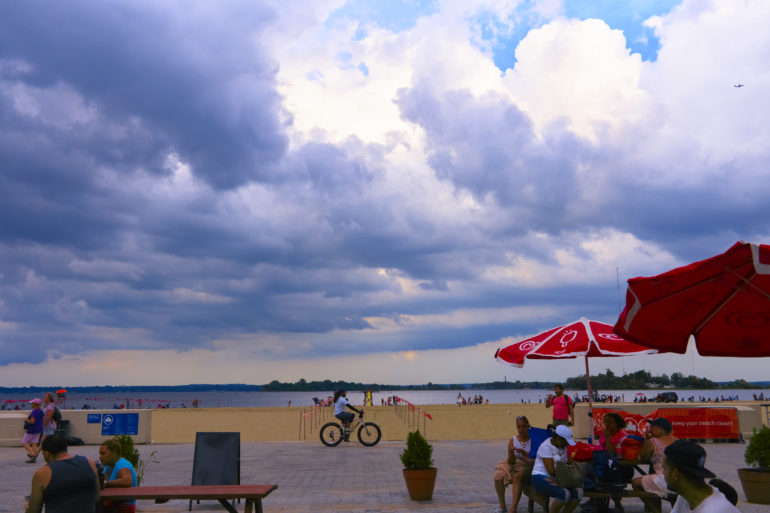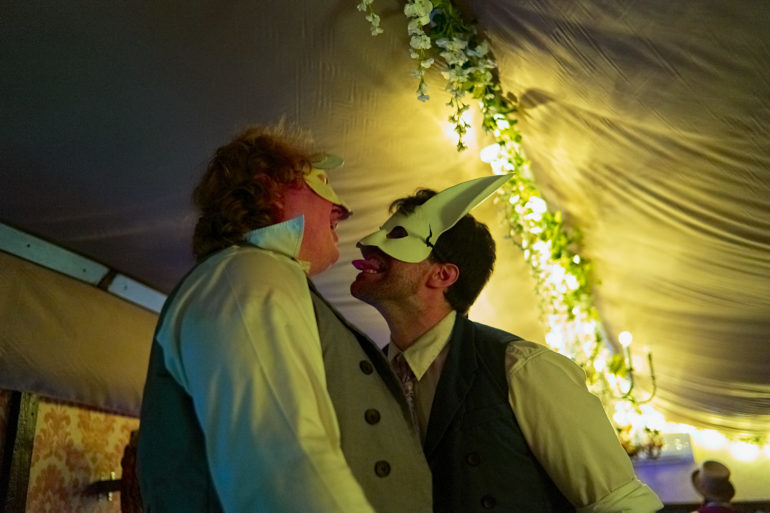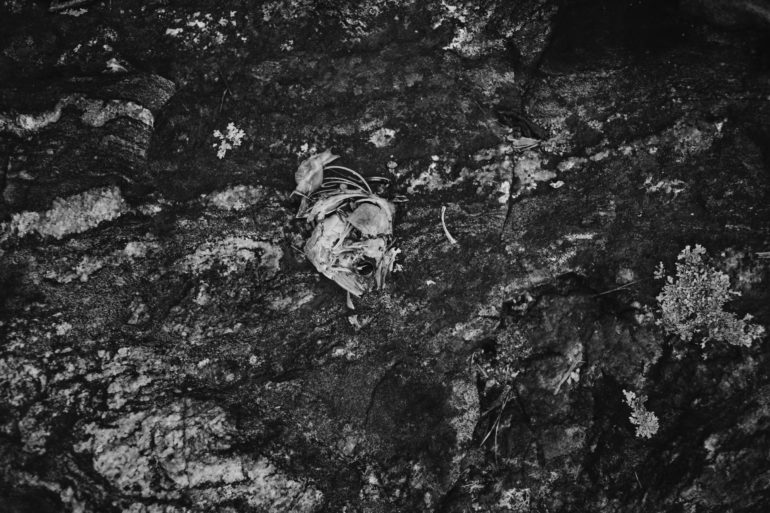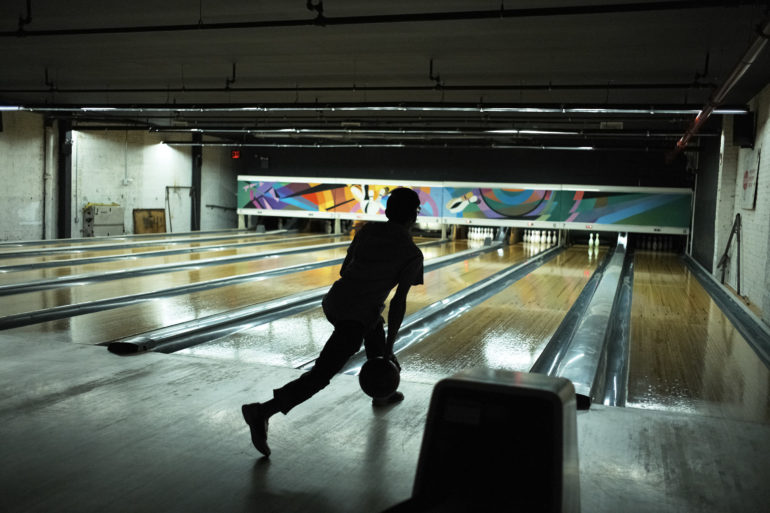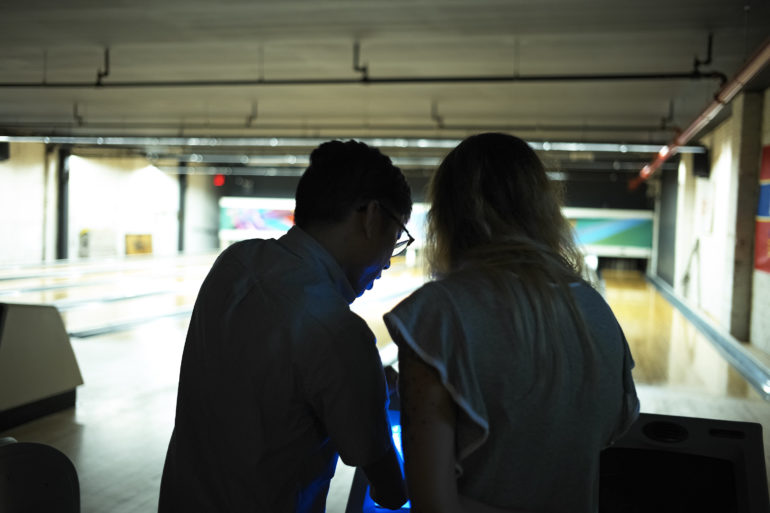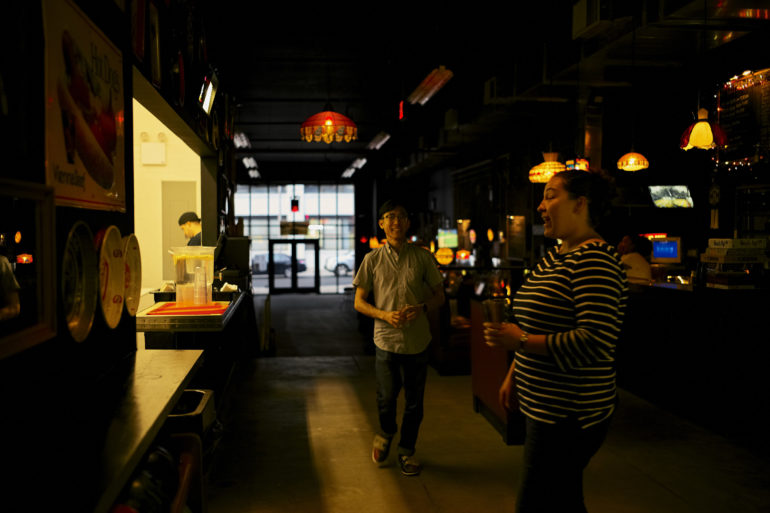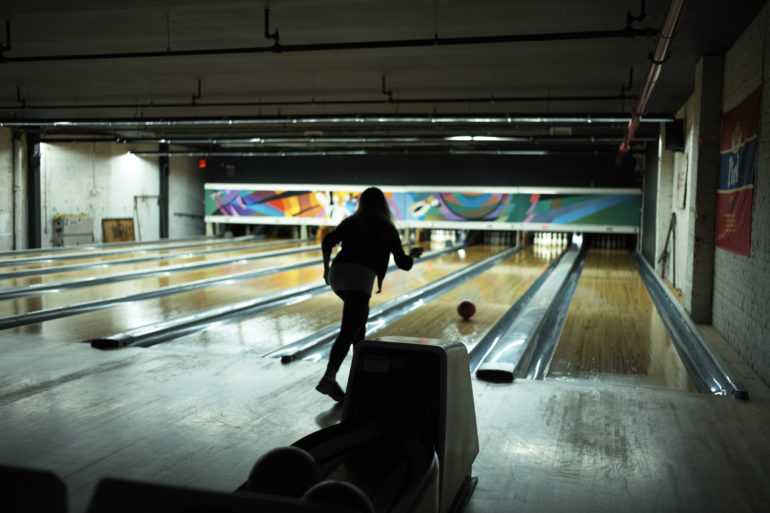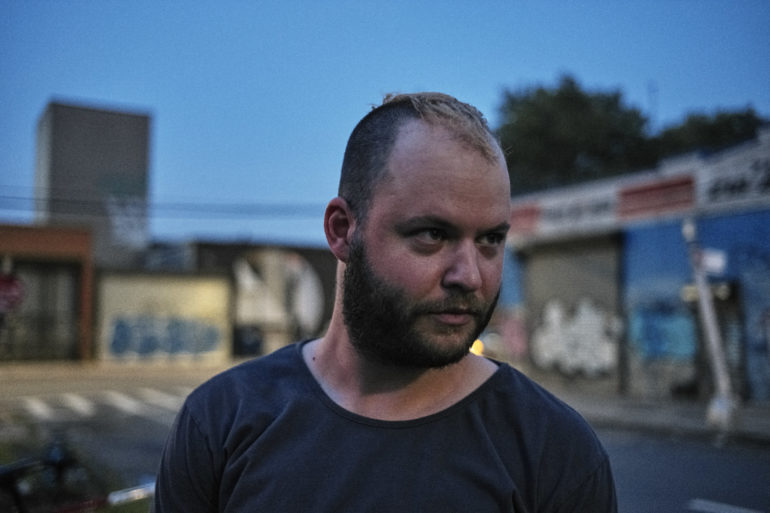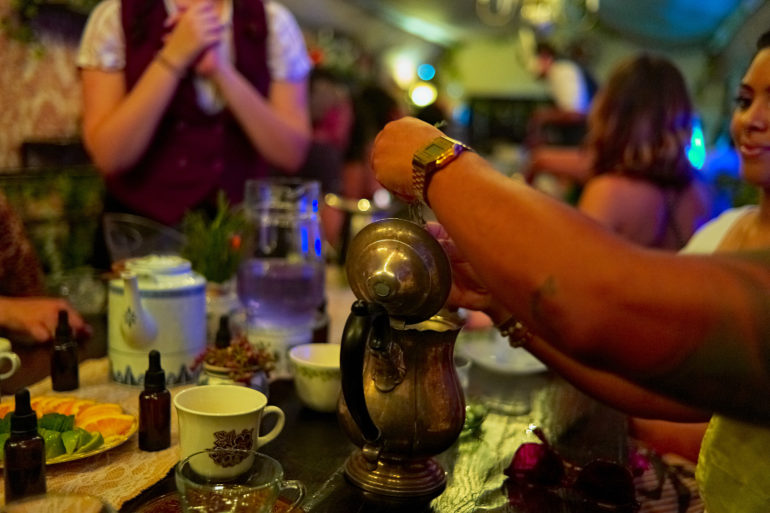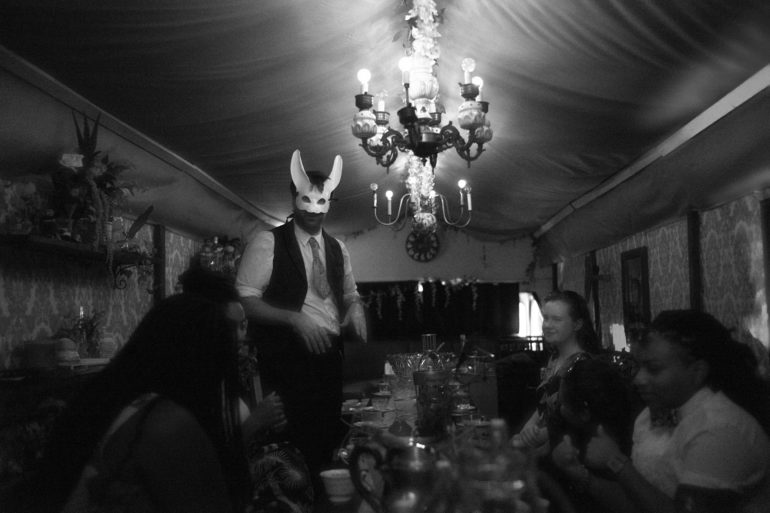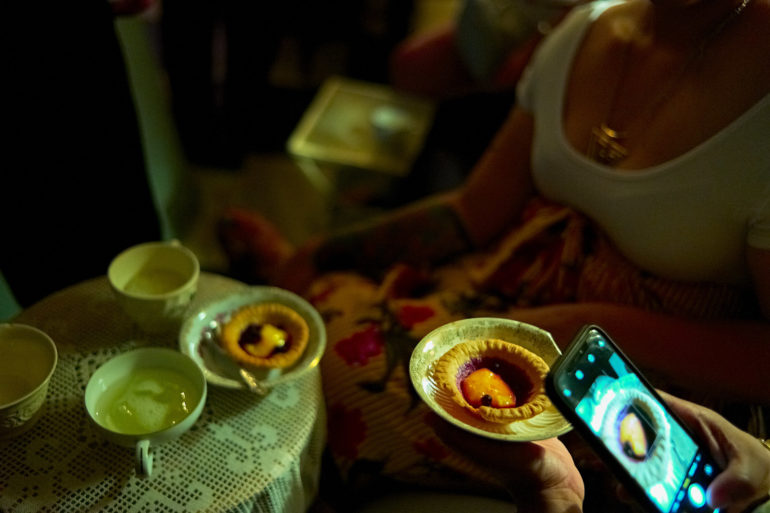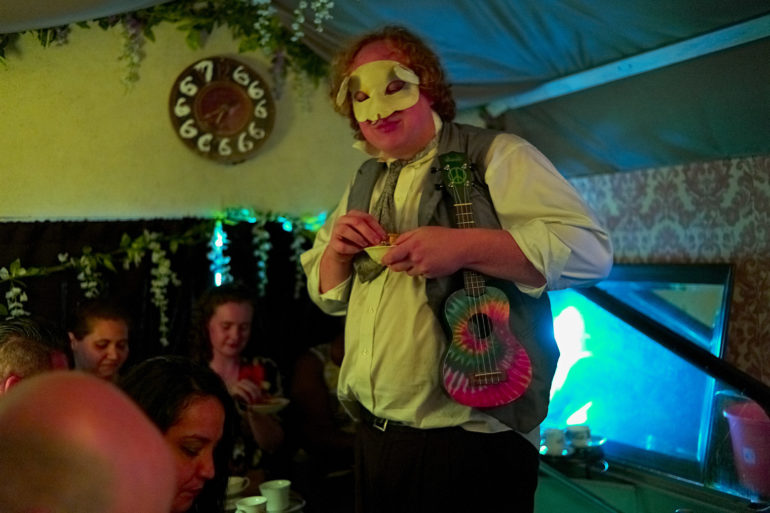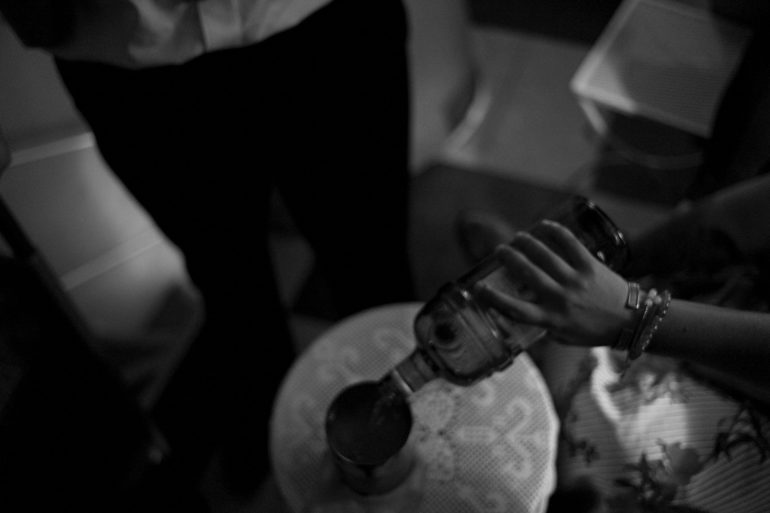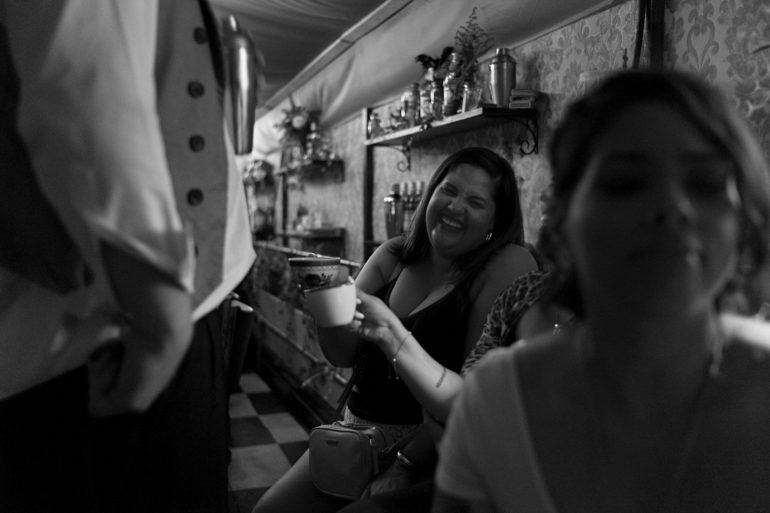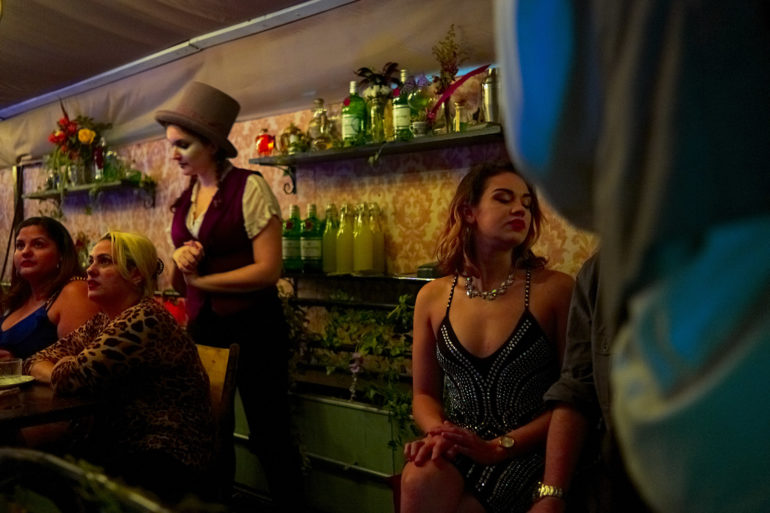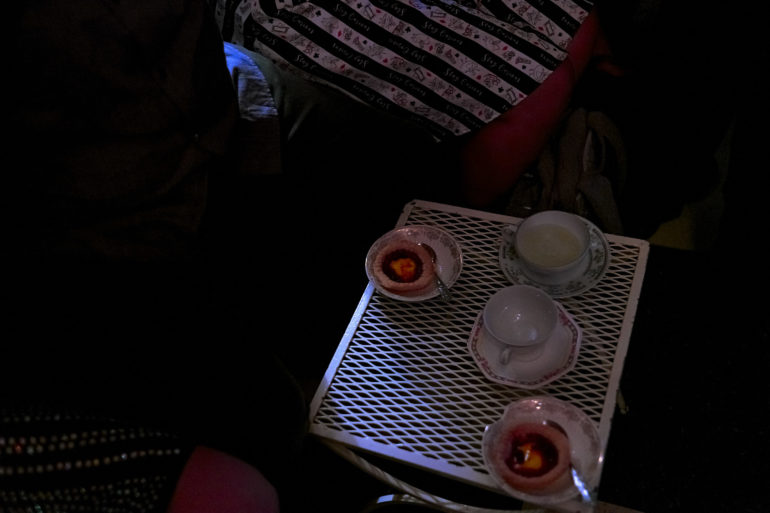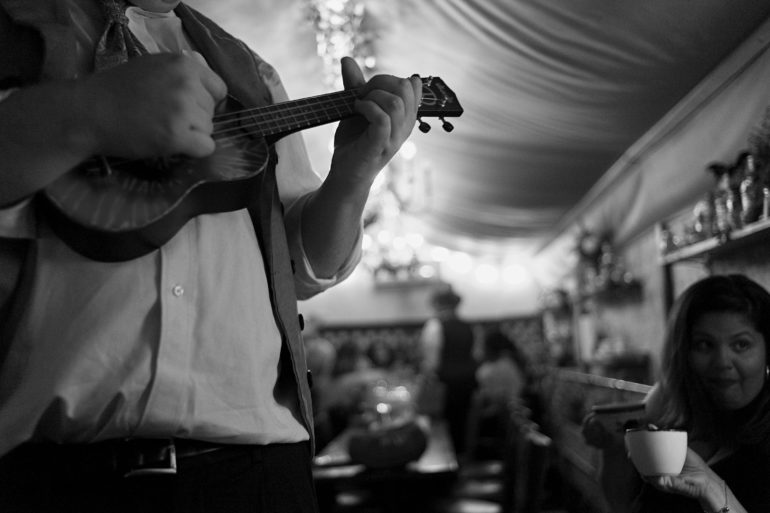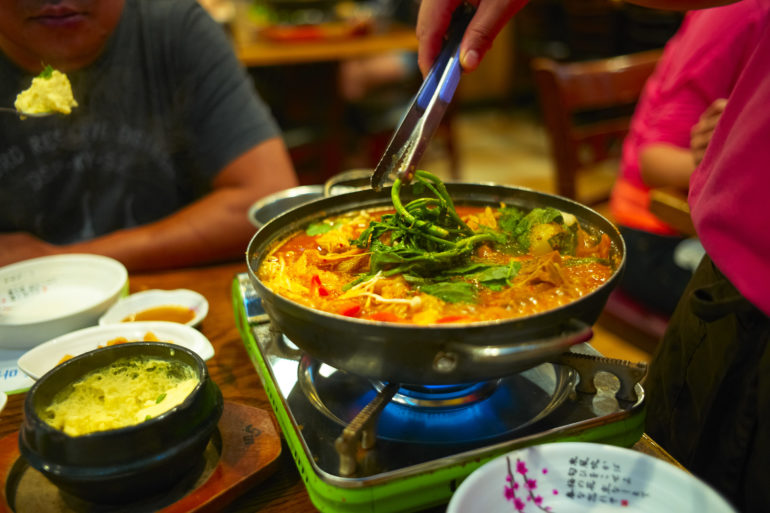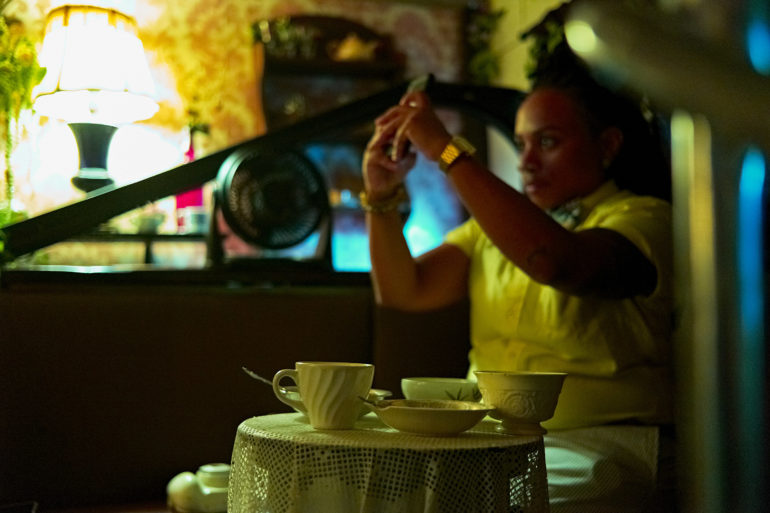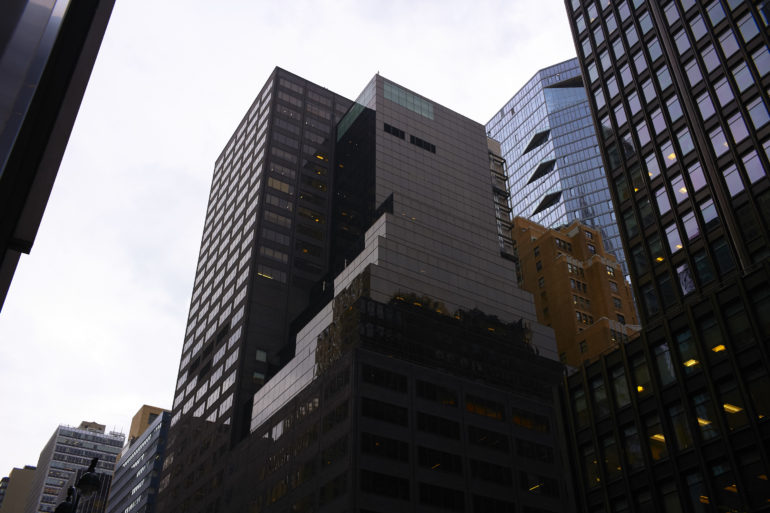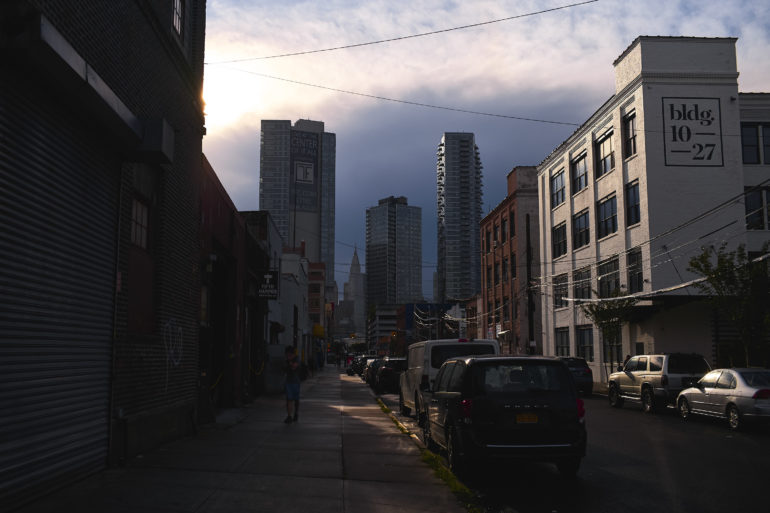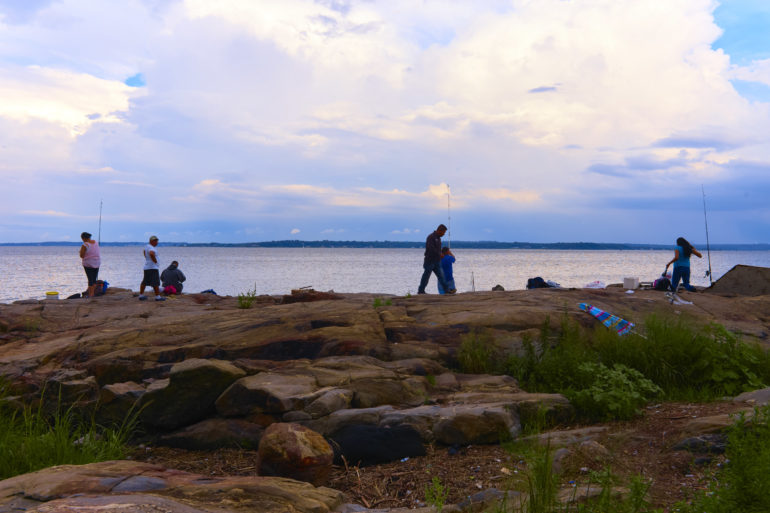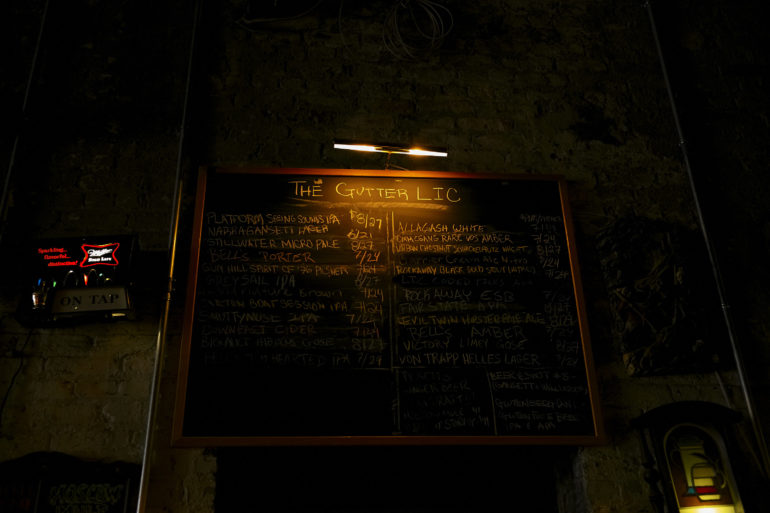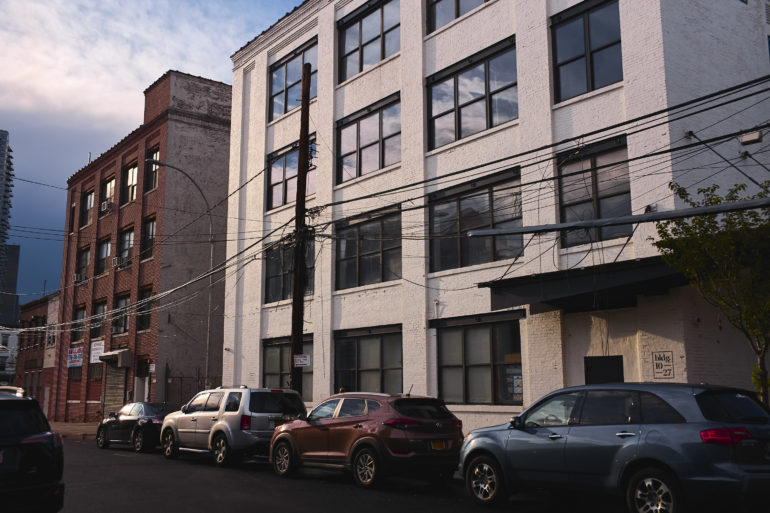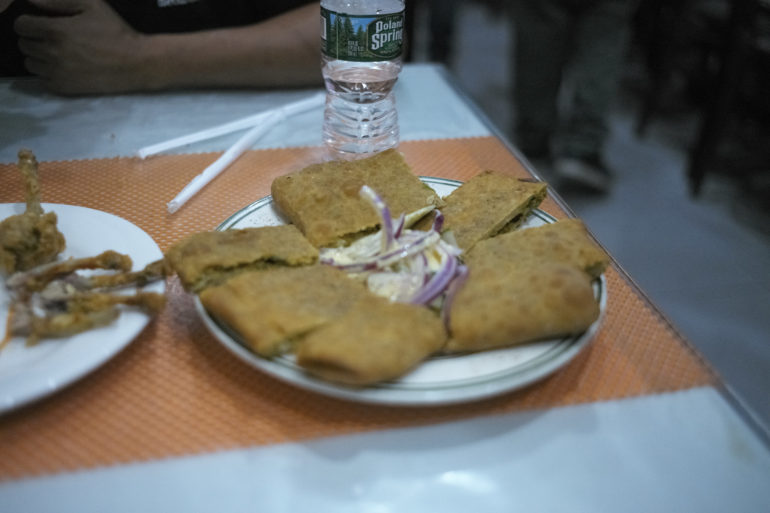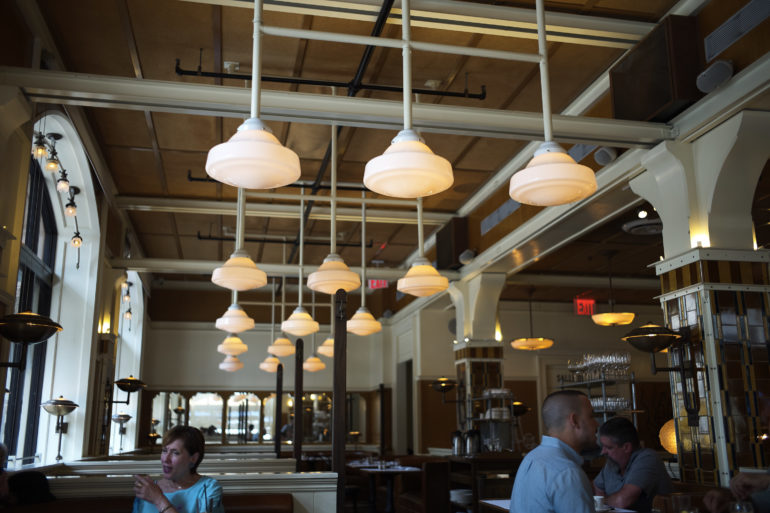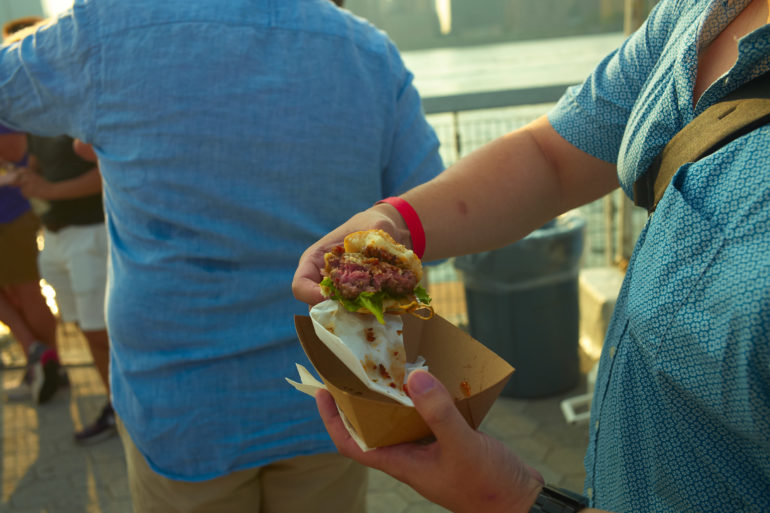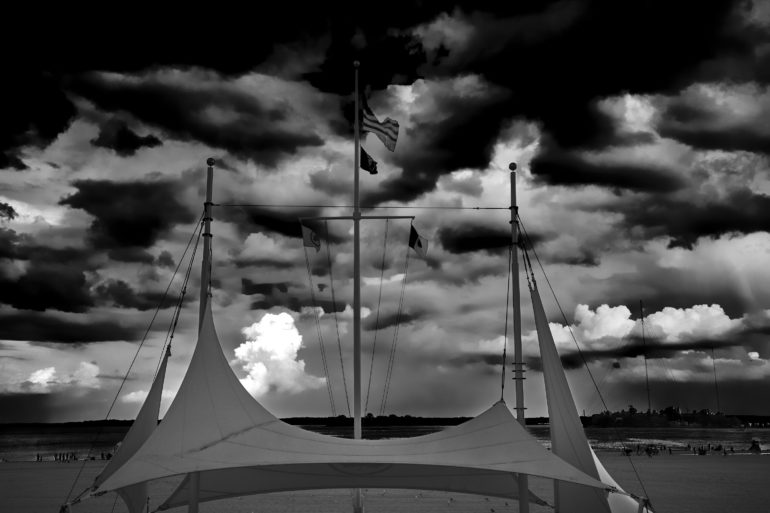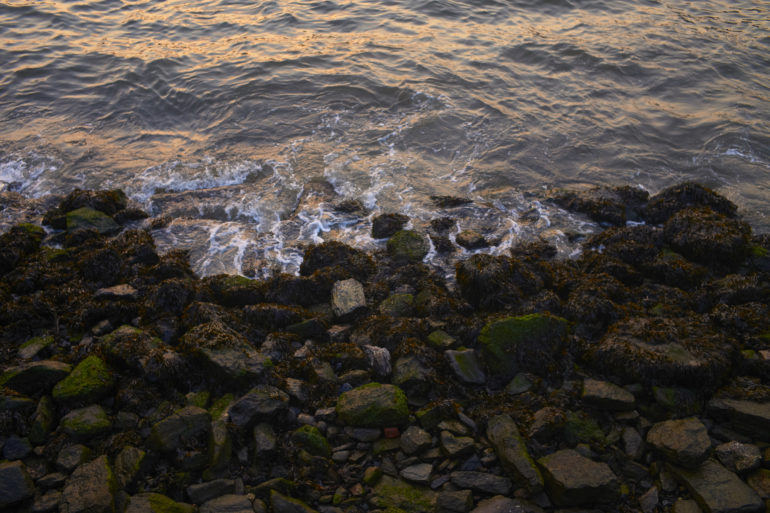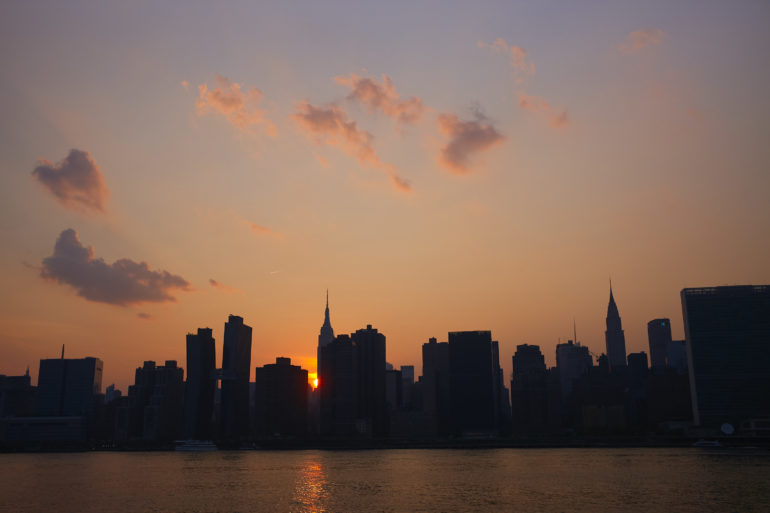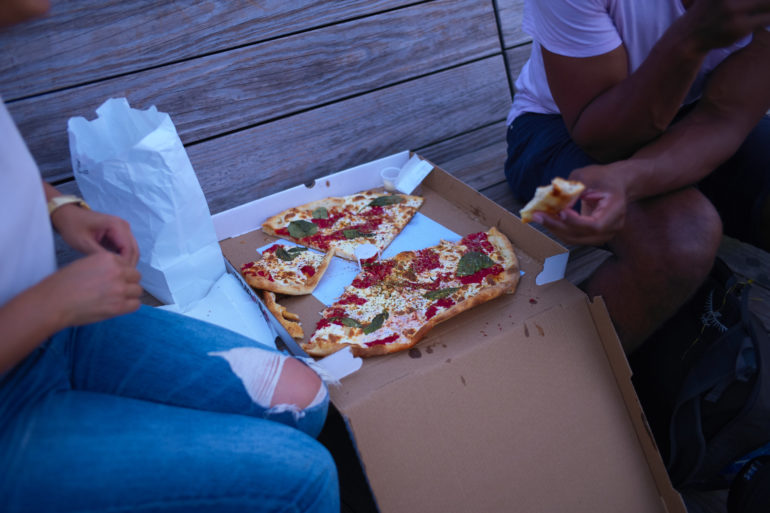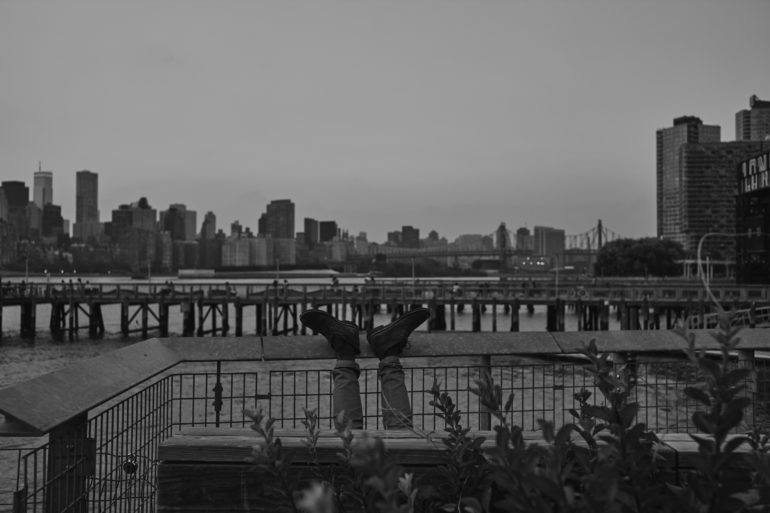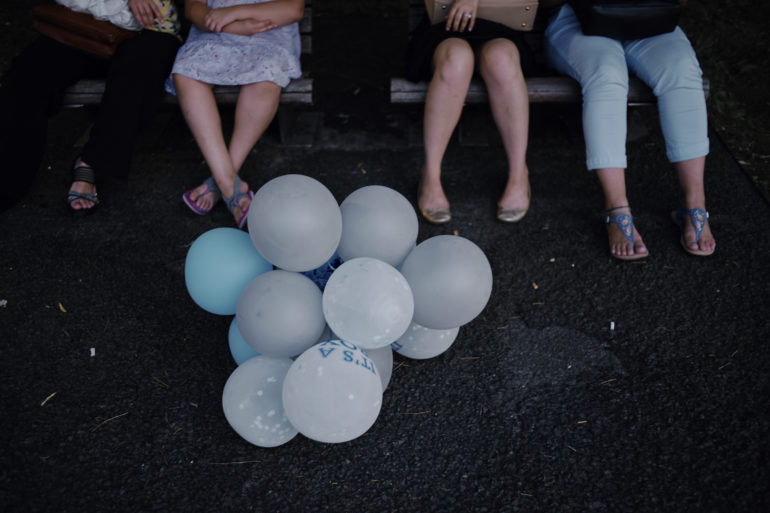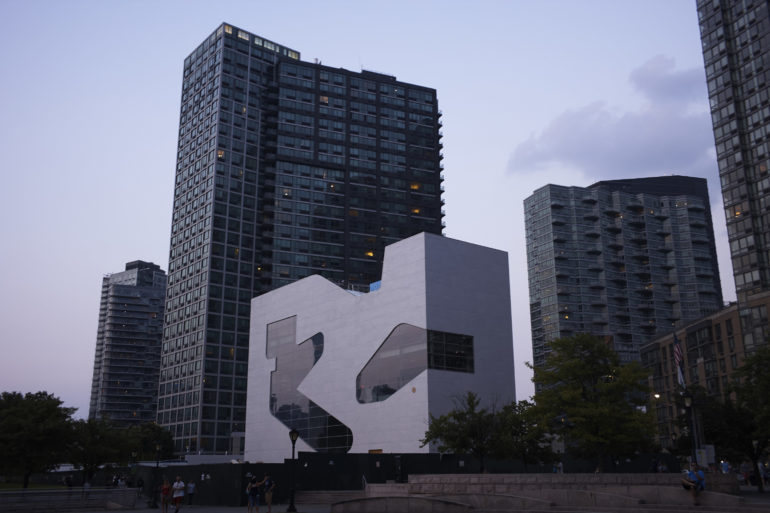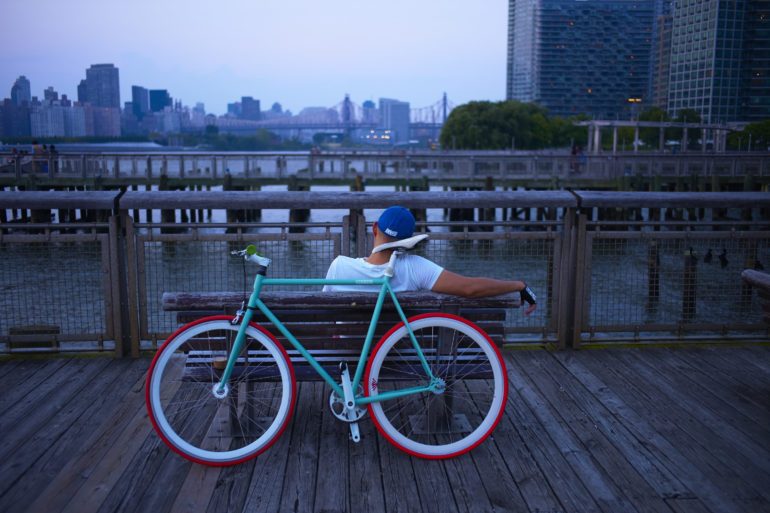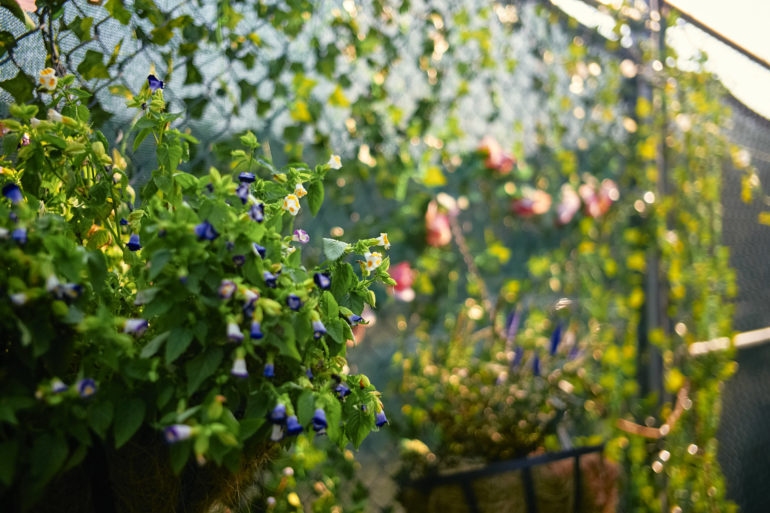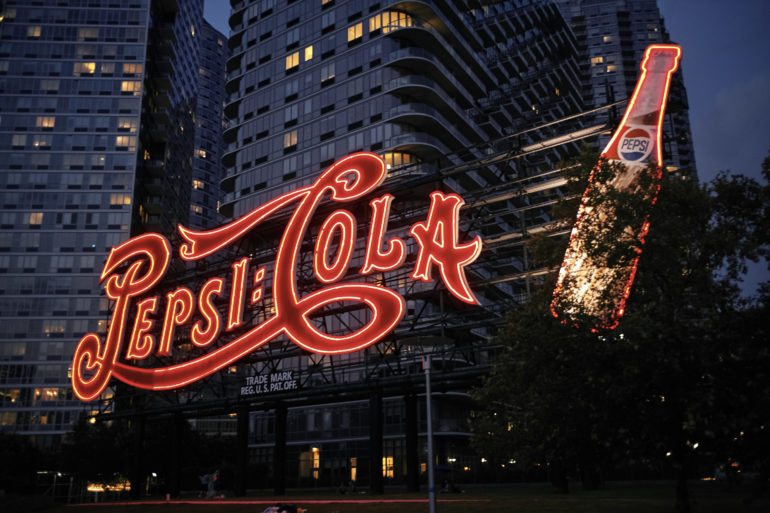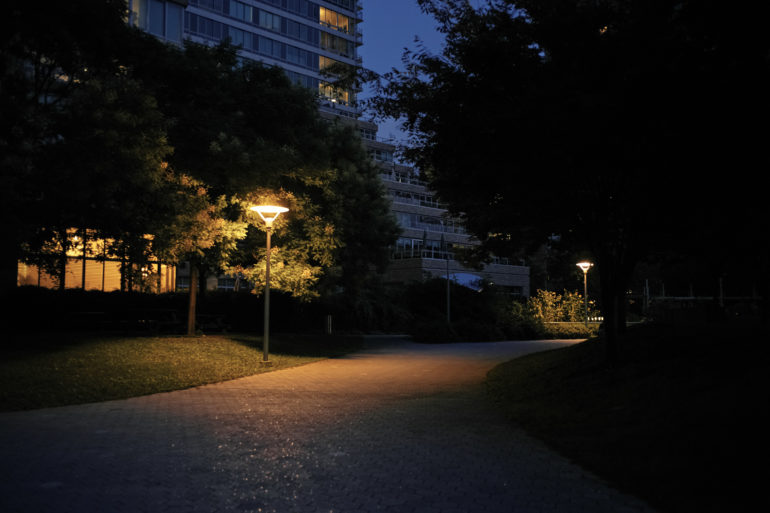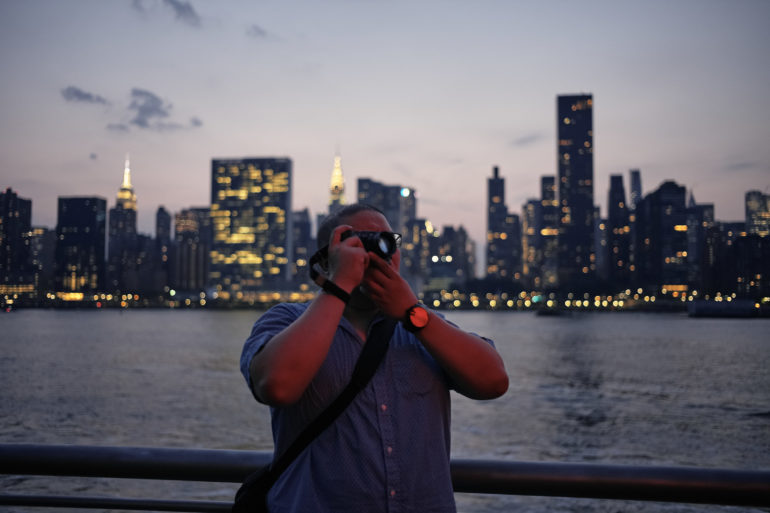Last Updated on 02/03/2020 by Brett Day
Though the Leica M10P is a slight variation of the already great Leica M10, it comes with a few features that photographers will want.
When briefed on the Leica M10P, I was proven that it is the quietest Leica camera ever made. In fact, it boasts the quietest mechanical shutter that we’ve ever worked with. Photojournalists are amongst those who would value something like this coupled with the WiFi capabilities and the touch screen features. Combine all this with the lack of any sort of big red dot, and you’ve got yourself a pretty low profile camera. But like all things Leica, you’re paying quite the price for that.
The Leica M10P is a fantastic camera in many respects, but on a very personal note I just couldn’t totally wrap my head around the viewfinder. For some odd reason, it’s not my M4P or even some of the best viewfinders that Voigtlander offered with their cameras. Though Leica and others would argue otherwise, I felt the same way about the original Leica M10. But if you can get passed the viewfinder issues (which you probably may not have) then you can embrace the Leica M10-P to its fullest abilities when using zone focusing and being as ninja-like as possible.
For what it’s worth, I want to make special note that I used the silver version purposely. While the black version proved popular with most journalists using the camera before its announcement, I was more partial to just an overall nice look/aesthetic. Indeed, while it didn’t totally mask me from being not seen/noticed, it got me some extra compliments.
Pros and Cons
Pros
- Very quiet shutter.
- Nice look to it
- Lightweight
- Smallish
- Same good color output from the Leica M10
- It’s possible to make big prints from the sensor even at higher ISOs
Cons
- I’m not totally sure why it’s a few hundred dollars more expensive than the Leica M10.
Gear Used
We tested the Leica M10P with the Leica 35mm f2 Summicron
Leica M10P Tech Specs
Taken from the company press release
Camera name: Leica M10-P
Camera type: Digital camera with rangefinder system
Lens mount: Leica M bayonet
Compatible lenses: Leica M lenses, Leica R lenses via adapter
Sensor: CMOS chip, active surface approx. 24 x 36 mm
Storage media: SD cards 1-2 GB / SDHC cards up to 32 GB / SDXC cards up to 2 TB
Viewfinder: Large, bright-line frame rangefinder and automatic parallax compensation
LCD panel: 3” TFT LCD, 1.04 MP, touch control available
Power supply
(Leica BP-SCL5): 1 lithium-ion rechargeable battery, rated voltage 7.4 V; capacity 1100 mAh, max. charging voltage/current: 1000 mA DC, 7.4 V; operating conditions (in the camera): +0 to +40°C; manufacturer: PT. VARTA Microbattery, Made in Indonesia
Charger
(Leica BC-SCL5): Inputs: 100-240 VAC, 50/60 Hz, 300 mA with automatic switch-over or 12 VDC, 1.3 A, output: DC, rated voltage 7.4 V, 1000 mA / max. 8.25 V, 1100 mA, operating conditions: +10 to +35°C, manufacturer: Guangdong PISEN Electronics Co. Ltd., Made in China
Housing: Full metal housing: Magnesium die-cast, synthetic leather covering
Top cover and bottom cover: Brass, black or silver chrome-plated finish
Dimensions (WxHxD): 139 x 38.5 x 80 mm
Weight: approx. 675 g (with battery)
Ergonomics
With the Leica M10-P, photographers have a camera that is designed for its low profile looks. Indeed, removing that big red logo does quite a bit for the camera. The Leica M10P has a very subtle and classic Leica look. You’ve got your frame line selector, the lens mount, the rangefinder, your Red dot, etc. The leatherette grip is also incredibly nice in the hand.
Turn to the top of the camera and what you’ll spot are some of the main controls. There is the on/off switch (continuous mode is in the menus now), the shutter dial, hot shoe, and the new ISO dial. This dial needs to be lifted up with two fingers though at one point I did it with one. Leica made this one very difficult to tamper with, but it’s designed well enough that it’s still easy to work with if you’re an experienced Leica user.
Near the ISO dial and to the back of the Leica M10P you’ll find the viewfinder. The viewfinder in and of itself is very bright. But the rangefinder I feel could be brighter.
Turn to the back and you’ll find a big, gorgeous LCD screen. The only controls are three buttons and a directional pad. It’s quite lovely and lets you just focus on shooting.
Build Quality
Like the previous Leica M10, the Leica M10-P has a bit of weather sealing. But that doesn’t mean that you shouldn’t be cautious about it when using it in the rain. The day that the unit was loaned to me for review, NYC was going through a serious downpour. I joked with someone that it wasn’t raining outside and that instead I picked a fight with Shamu. It also has been generally raining a whole lot here in the North East. The camera has survived drizzles with ease, but I’m not sure how long I’d want to keep it out there.
Generally speaking though, the camera is also a tank. It’s all metal, well made, and feels truly like an M camera. I can’t really fault it. Even staffers who don’t like the feel of rangefinders enjoyed it.
Ease of Use
The Leica M10P is designed to be what folks today may think is more complicated. But in truth, it embodies what photography was for many years. The photographer needs to blend into the scene, zone focus, get shoot, move on, etc. There is no P mode despite the professional designation 🤪of the camera, and so the most that you can do is aperture priority. But even in aperture priority I’m not sure that you’re getting the most from the Leica M10P. Shooting in accordance to Sunny 16 I think is where photographers will get the most benefit.
Besides this, there are Leica’s incredible and simple menu systems. Then there is the touchscreen which can be useful; though where it found it best is with the quick setting screen and directly tapping parameters like white balance to quickly change it. It’s nice.
When it came to using the Leica M10P in a real situation where it would make sense to have such a quiet shutter, the camera didn’t really alert people as much as how close I needed to get due to close quarters. Additionally, the silver version still has some gleam to it. But in most situations, it gave off an aura or more curiosity than resent. If I wanted to be super ninja-like then the black version would make more sense. To that end, I can say with confidence that the silver version is a conversation starter.
Metering
As stated earlier, the Leica M10-P is best used in accordance with Sunny 16. Sometimes that may mean that you’re “underexposing” the scene a tad but due to how the sensor works, you can always push it back and get those details back.
Focusing
The Leica M10P is a manual focus camera that uses M mount lenses. While I’m not the biggest fan of the viewfinder, you may be. When switched into Live View mode, you can get features like Focus peaking which work a million times better than to do on Sony FE cameras. I can’t fault the Leica M10P here on focusing.
Image Quality
For this review, I took the Leica M10P DNG RAW files and put them into Capture One. Though to some it would make more sense to run it in Adobe Lightroom considering that DNGs are Adobe’s RAW files, let me explain. The Leica M10 has a very nice color profile in Capture One as well as the 35mm f2’s profile. Considering that the Leica M10P and the Leica M10 have the same sensor, why not use the same profile? When I looked at some of the sample images that were provided to us, it all started to line up for me. But because of the way that I shoot, I get a different look. So when this was combined with some of my new coloring/editing methods, I found C1 to be the superior editing product in this case.
High ISO Output
The Leica M10-P has good high ISO output at ISO 6400. You should however note that there is quite a bit of detail loss that I’m not the biggest fan of and in today’s world, that starts to show in comparison to higher megapixel camera bodies at similar high ISO outputs. When printing an 8×10 on Epson Fine Art paper via a Canon ProGraf 1000 printer using Capture One, I found that the print quality the grain at ISO 6400 is apparent but the way that it looks is very film-like. So I find it acceptable. The details are also still pretty crisp when printing at this size. It’s very clear that this is a digital image though as the noise isn’t film-like in a print. On a screen though, it can be interpreted as looking like film.
RAW File Versatility
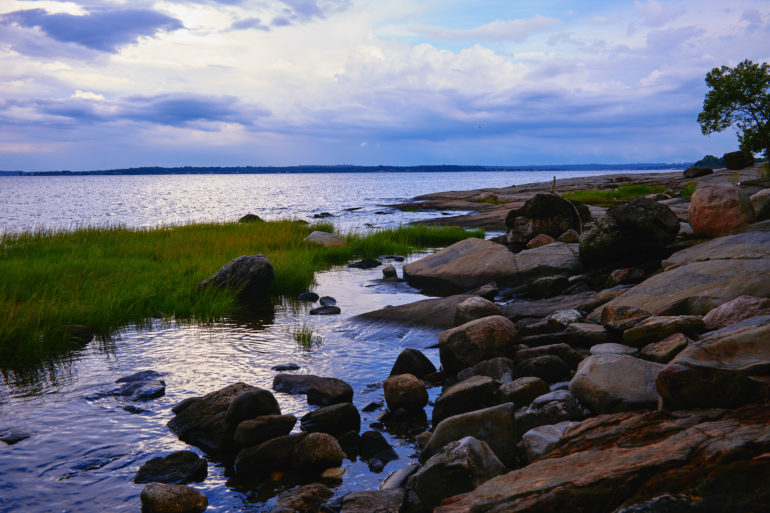
While the Leica M10P barely can hold highlights, it can surely capture shadows. To that end, I really recommend underexposing the image and pushing the files. If you shoot film, then this is an idea that you need to get used to. But the truth is that much of modern day digital is like this.
Extra Image Samples
Conclusions
Likes
- Smallish size
- Quiet shutter
- Pretty good battery life. Even if it drains quickly it equalizes itself once it gets below 50%
- A bit of weather resistance
- Wifi
- Good RAW files
Dislikes
- I think it’s too pricey.
The Leica M10P is a great camera by all means. But I feel like Leica should have given this camera more upgrades at this point. Canon, Nikon and Sony all have very good high ISO output and RAW file versatility. So too does Pentax. But at this point, I’m really wondering where the Leica M10P belongs. The quiet mechanical shutter is nice, but the Leica M10 was very quiet as is. This is better for weddings, events, etc. Again though, photographers who are good enough won’t care all that much.
Here’s the reality. When I sit here thinking about whether to buy a Sony a7r III or a Leica M10P, I get more from Sony for the money. I’ve shot with that camera and its equally weather sealed lenses out in the rain for a long time. Leica doesn’t have any M lenses with significant amount of weather sealing. With Sony I not only have a fantastic video camera for filming, but I’ve got audio connection options galore, image stabilization, lots of resolution, great high ISO output, lots of details, a smaller size with a lighter body, and the ability to use M mount lenses via an adapter. The Leica M10P is used in a different way and its mechanical shutter is quieter. But Sony has a silent shutter option but with some tradeoffs.
Either way, I’d have to go Sony in this case. Personally speaking, I’d rather buy an M9 or another film Leica. The M9 had a truly unique sensor that to this day still has output that looks like chrome film. I’m not the only photographer who thinks so. The Leica M10P has great image output too, but not unique enough for me. In fact, I’d suggest that Leica go back to CCDs for the next Leica M iteration.
The Leica M10P earns four out of five stars. Want to pick one up for yourself? Head on over to Amazon.


